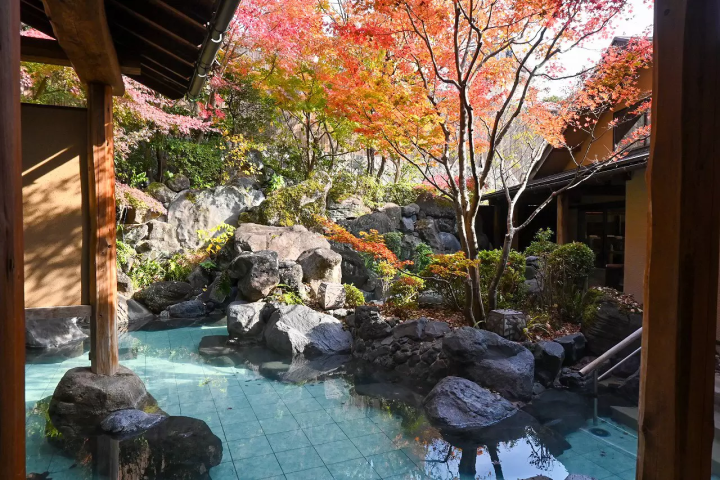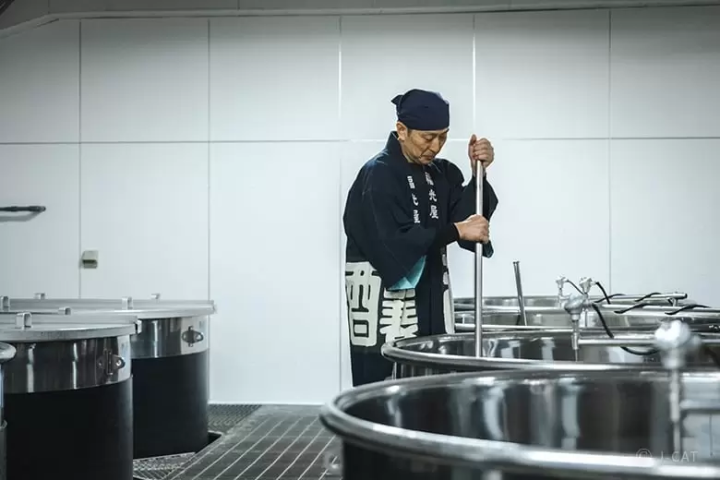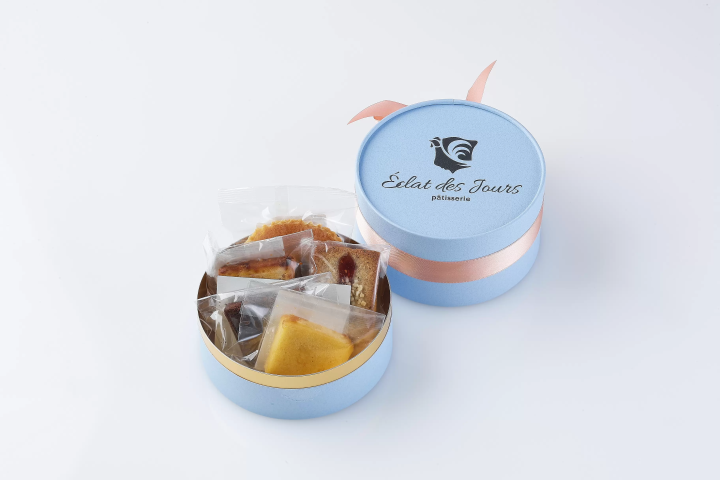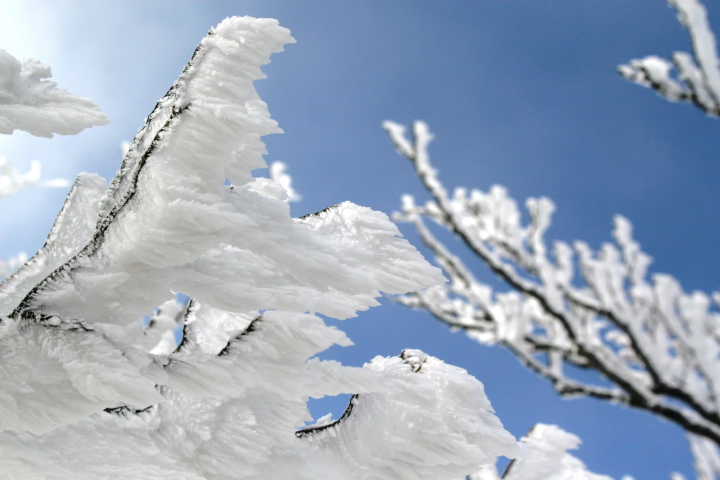Tokyo’s Cherry Blossom Spirit: A Photo Book

Cherry blossom season is one of the most awaited times of the year in Japan. This photo book, featuring some of the famous cherry blossom viewing spots in Tokyo, is an invitation for you to enjoy the splendor of the sakura with your own eyes.
If you’ve never experienced cherry blossom viewing in Japan, then you’re in for a big treat! The sakura blossom is Japan’s national flower and has been adored by the locals throughout the ages. Cherry blossom viewing events, called "hanami", are an occasion to celebrate the coming of spring.
This photo book will attempt to capture the spirit of hanami in some of Tokyo’s famous cherry blossom viewing spots.
Sumida River
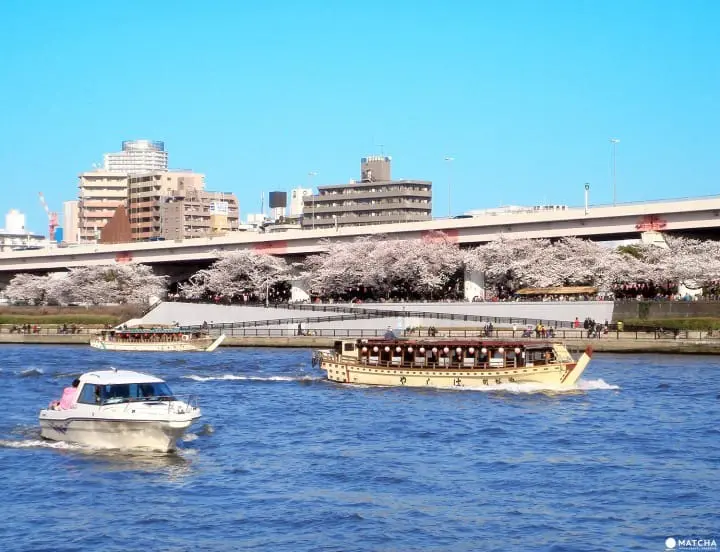
Water, sky and cherry blossom trees (sakura) create a heavenly atmosphere along Tokyo’s Sumida River in spring. This is one of the best places to get into the spirit of cherry blossom viewing (hanami).
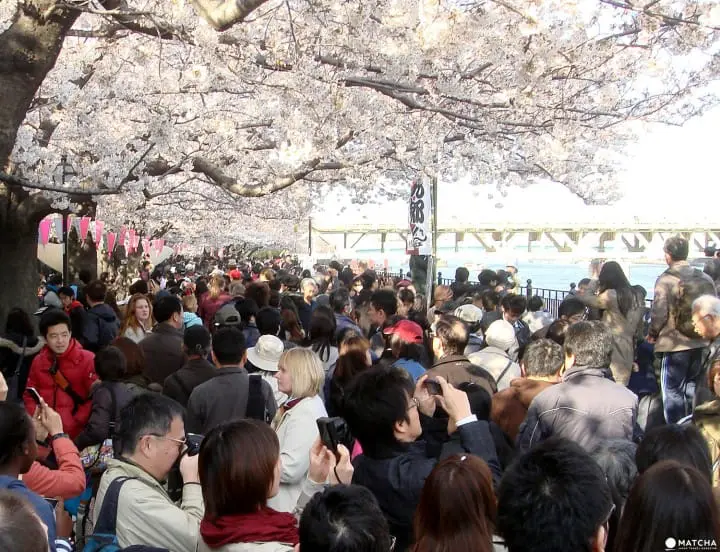
Don’t let yourself be intimidated by the crowd. Let it encourage you to get into the spirit of Ohanami.

For centuries, there have been songs inspired by the sakura, which reveal the Japanese people’s fondness for the tree. When you see local musicians, be sure to dance when you get a chance.
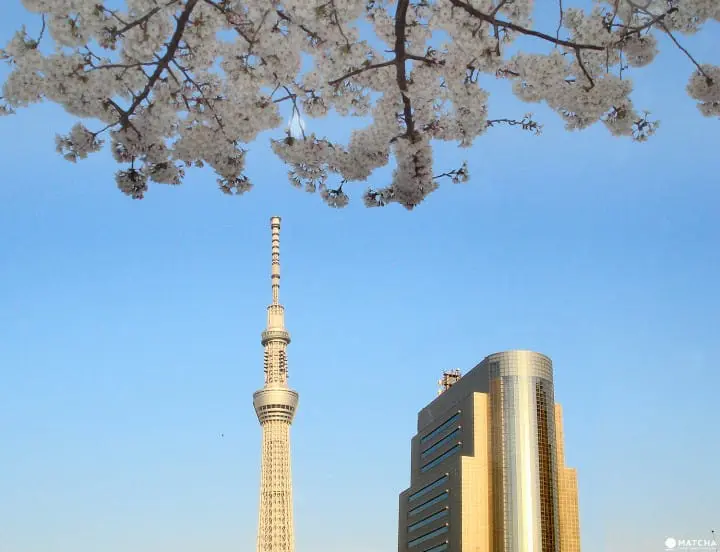
On a regular day, the queue to the Tokyo Skytree observatory is usually very long. Nonetheless, you can still capture two iconic images of Japan in one shot from the promenade.
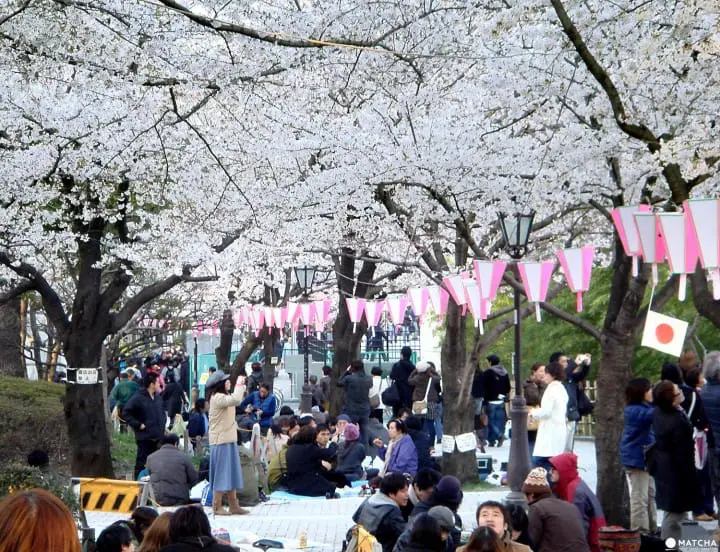
There’s nothing quite like the feeling of having a picnic under the cherry blossoms with friends, family or fellow workers while admiring one of nature’s most captivating trees.
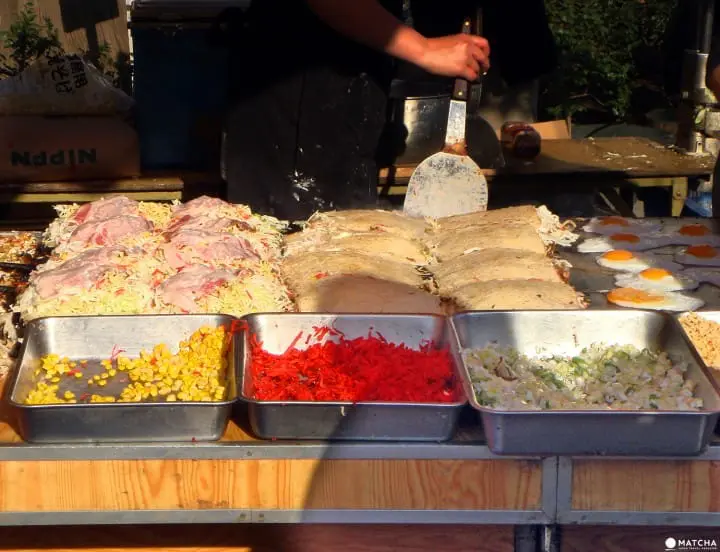
Various food stalls sell typical festival food like this Hiroshima-style okonomiyaki, a pancake which uses the same basic ingredients as regular okonomiyaki - cabbage, eggs, water, flour, yakisoba noodles, bacon, mayonnaise, tuna flakes - but cooked in separate layers rather than mixed.
Hanami in Ueno at Night
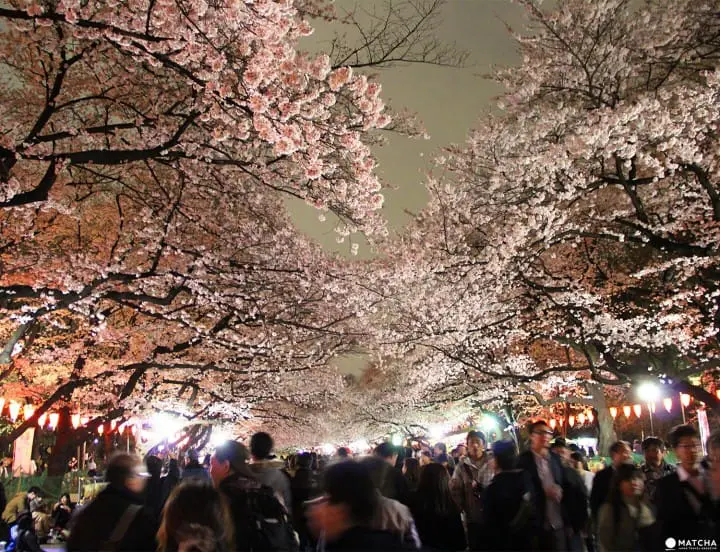
The haiku poet Basho Matsuo once penned “Cloud of blossoms. Is that the bell from Ueno, or Asakusa?”, referring to the full bloom in the Edo Period (1603-1868). About 1200 cherry trees beautify Ueno Park.
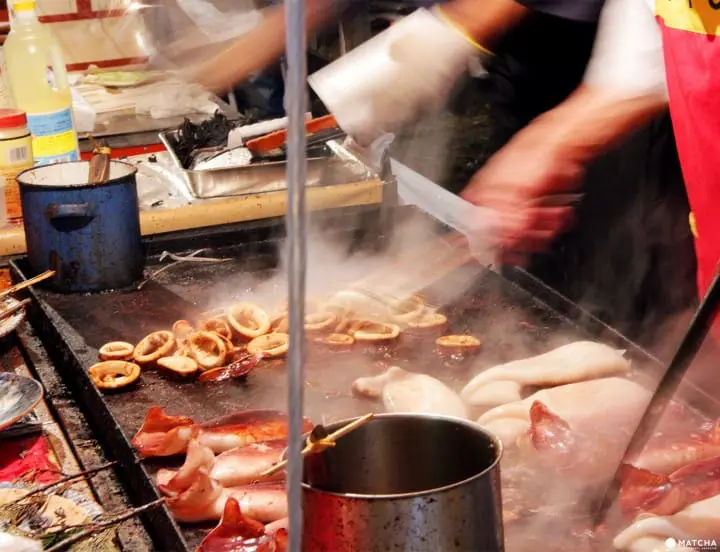
Fast hands mean fast turn-arounds for the thousands of visitors who flock to Ueno each day during cherry blossom season.
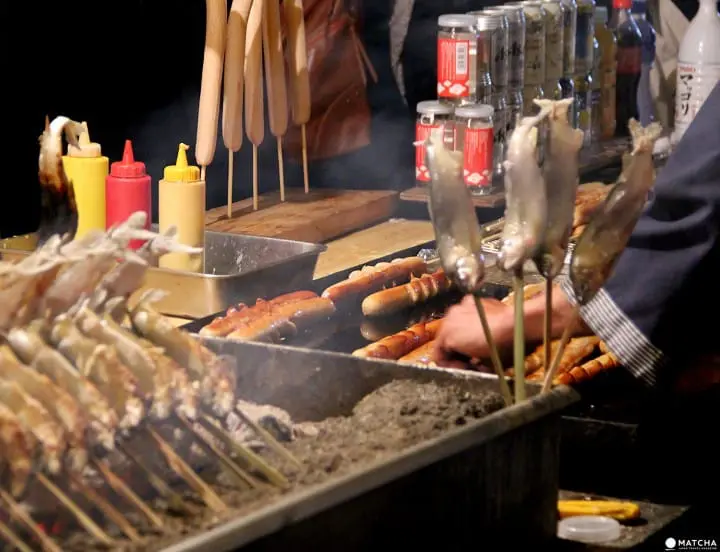
You’ll usually see these essential food items around at each festival: one-cup Sake (Japanese alcohol), hotdogs and freshwater fish - typically iwana (char) or yamame (trout) - grilled on skewers.
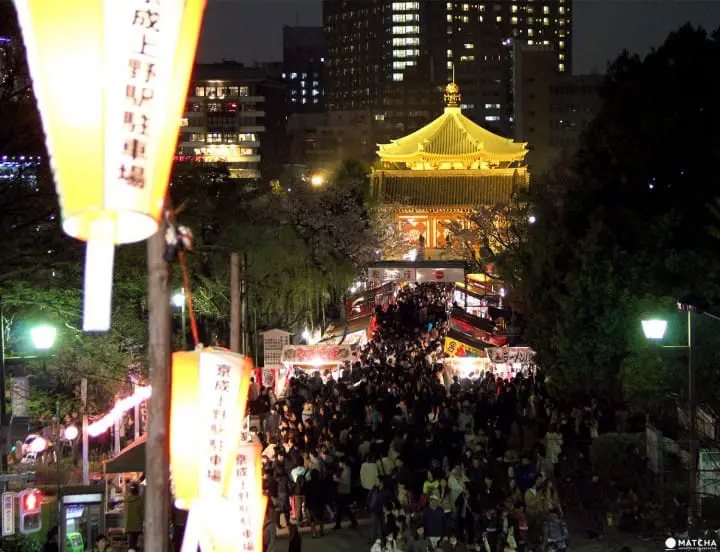
In Ueno Park, don’t forget to visit Bentendo Temple which is famous for its hexagonal pagoda.
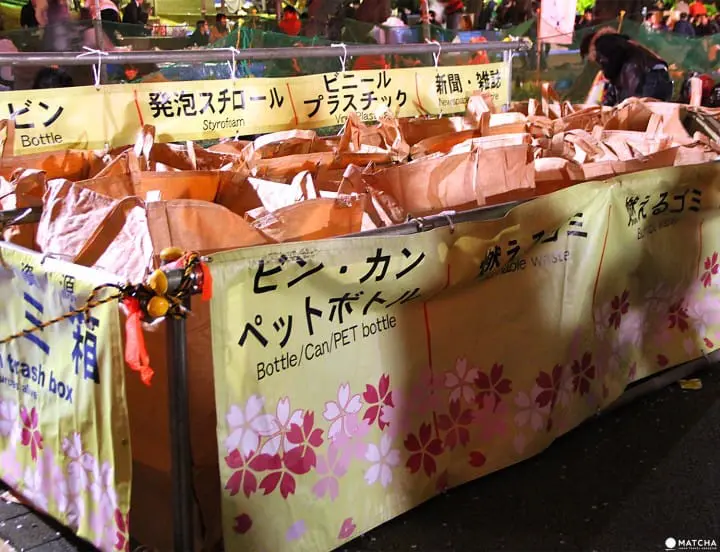
Like any responsible visitor who has been drinking and partying all day, be sure to throw out your own trash. This type of garbage sorting extends even to the average household.
Asukayama Park
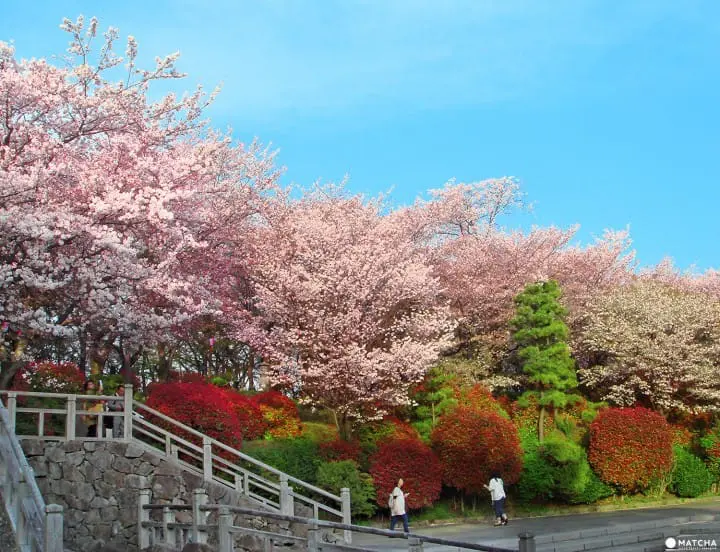
Asukayama is in Tokyo's Kita ward. Besides the 600 cherry blossom trees in this park built in the Edo period, there are also about 15,000 azaleas and 1,300 hydrangea flowers, which combine to make this area a Tokyo classic favorite in spring.
Chidorigafuchi
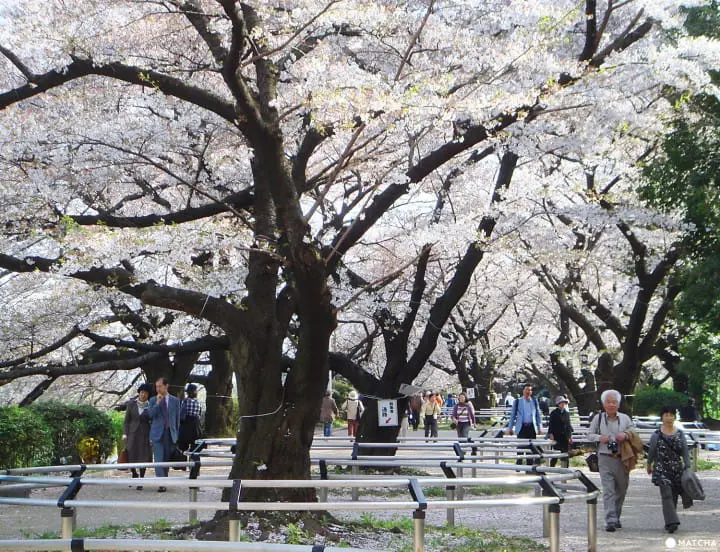
More than one million people stroll through the 700 m long tunnel of 260 towering Somei Yoshino and Oshimazakura trees.
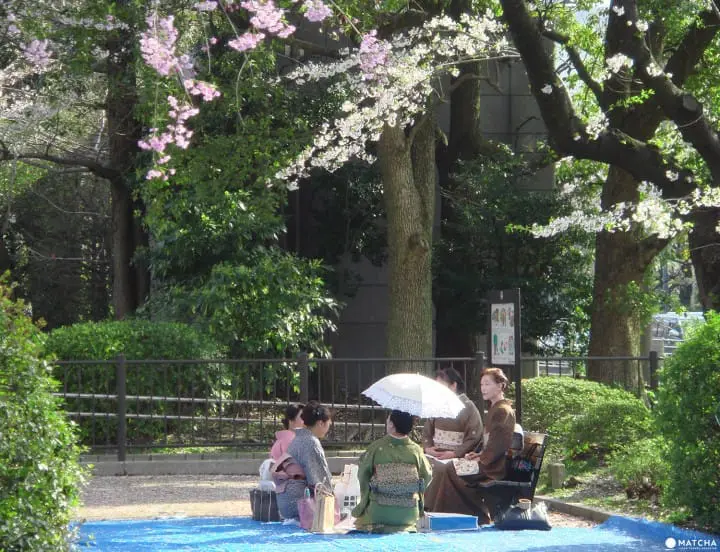
One of the best ways for ladies to get into the ancient spirit of hanami is to wear elegant kimonos.

No matter how small your group may be, everyone has a place and can enjoy themselves under the sakura trees.

Once glowing with glory, now lifeless. The cherry blossoms symbolize the fragility of life.
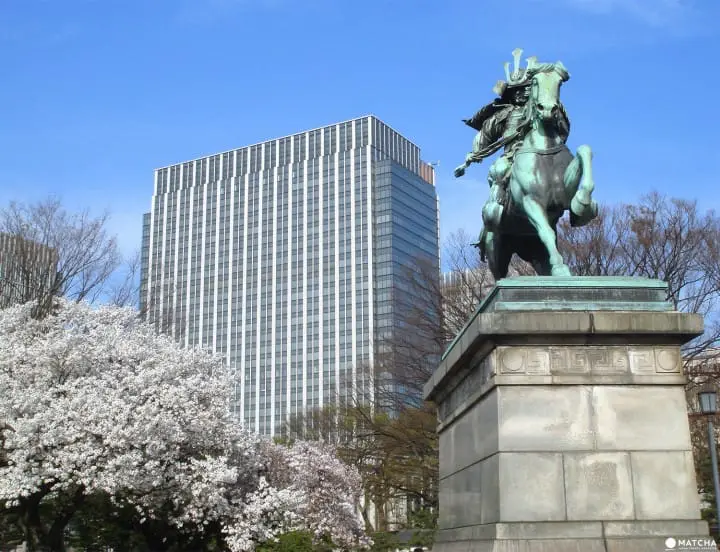
Outside the Imperial Palace stands the bronze statue of Masashige Kusunoki, one of Japan’s greatest military strategists. The life of the samurai is often associated with that of the sakura – short but glorious.
Meguro River: Hanami on Foot

About 800 cherry blossom trees await you along Meguro River.
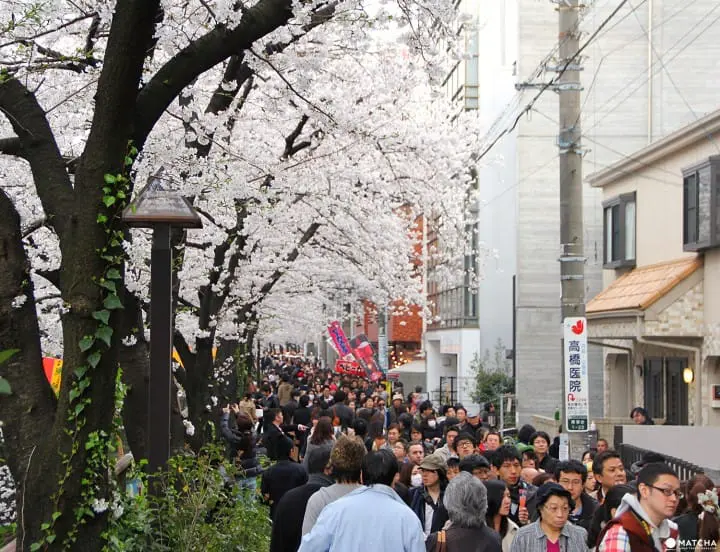
Cafés and restaurants along the river are at bay should your stomach start rumbling, but expect the waiting lines to be long.
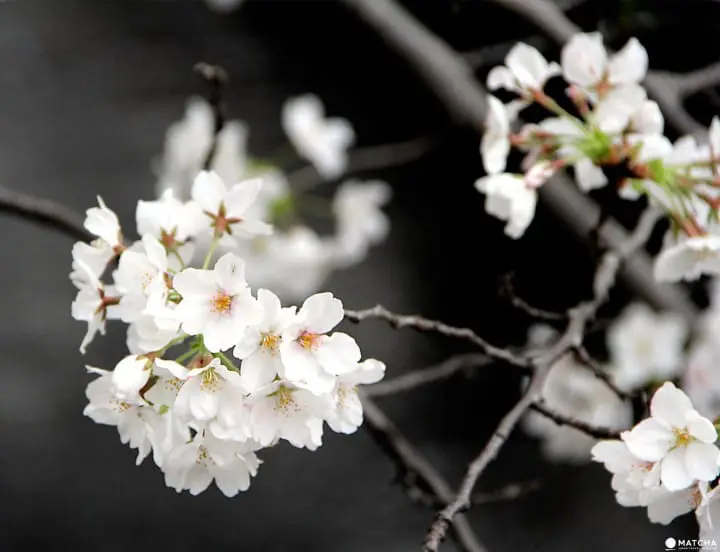
"Mankai" means ‘full bloom’ in Japanese and it’s when the cherry blossoms are at their best to be admired.
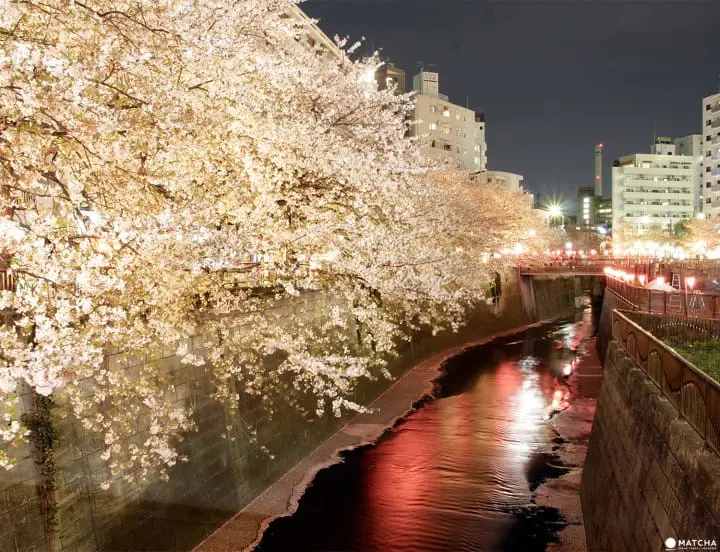
When the sun sets, the lights go on, the temperature drops but the festivities continue.
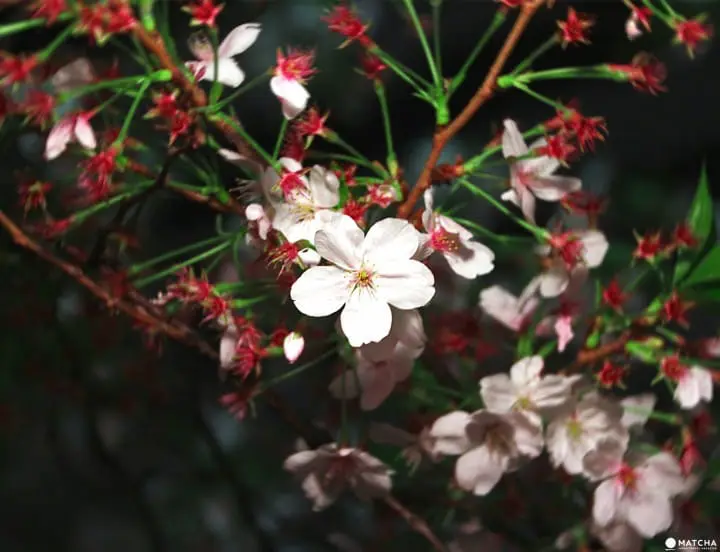
A cherry tree that doesn’t produce cherry fruit? ’Sakura’ refers to the Japanese flowering species of cherry tree which does bear fruit but they are insignificantly tiny. ’Sakuranbo’ is the word for the fruit of regular cherry trees.
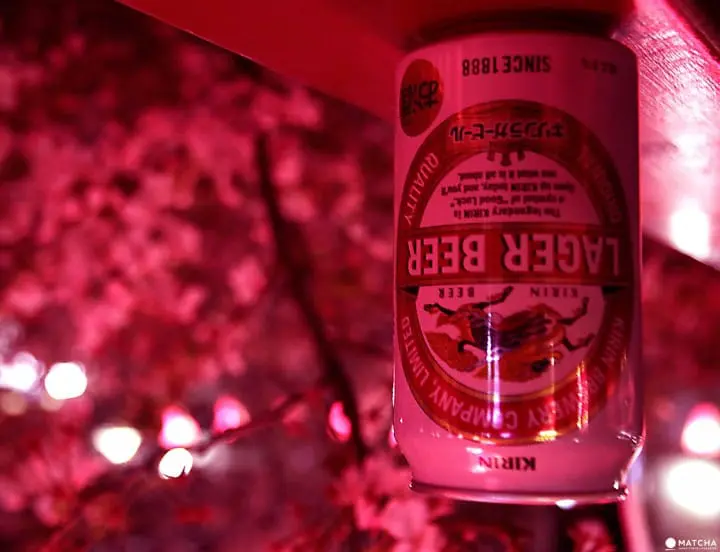
If you think that this drink is not upside down then you probably haven’t been drinking or partying enough. Alcohol and hanami go hand-in-hand, just like BBQ on a summer day.
Did you like this cherry blossom viewing photo book?
It is a small insight of an otherwise large topic. For other useful tips and information on how to make the most of the cherry blossom season in Japan, check out MATCHA's Sakura Special Feature!
Sharing stories of people with people through words and photos.


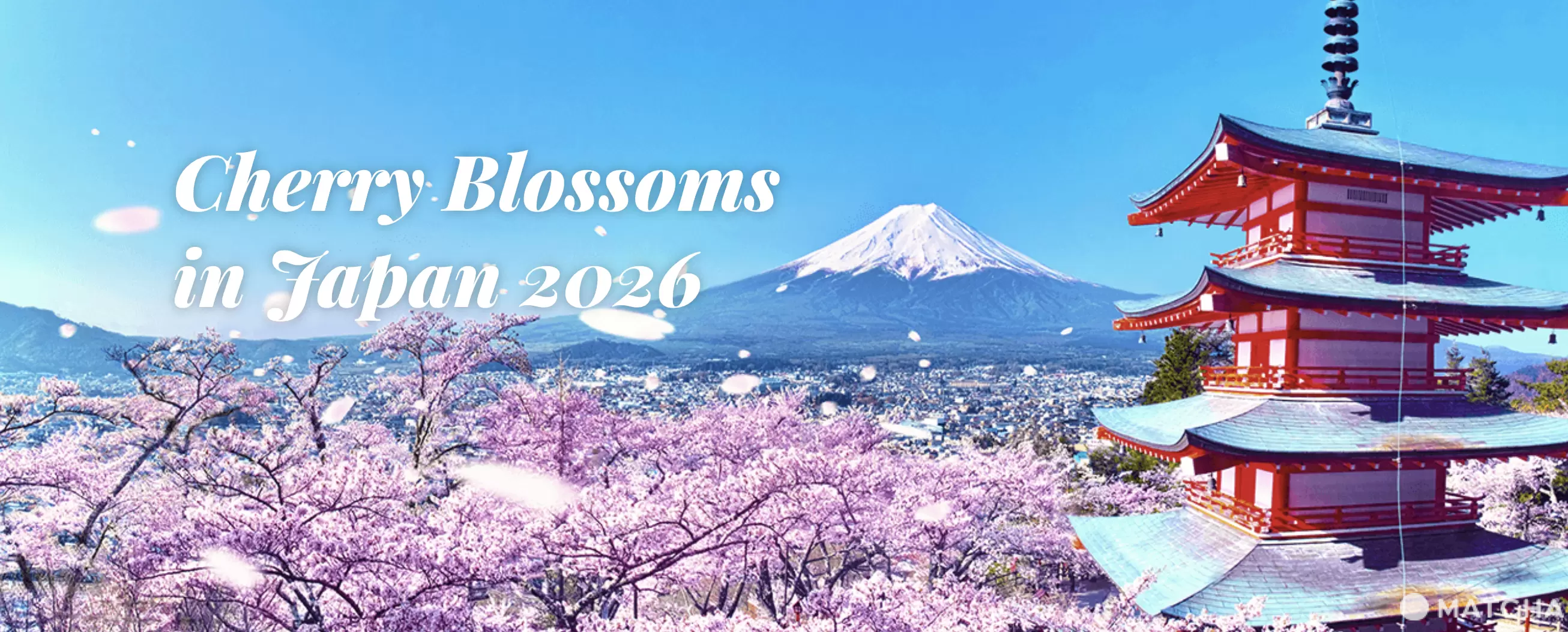


































![[For beginners and debutants] Special feature on recommended ski resorts and ski tours!](https://resources.matcha-jp.com/resize/720x2000/2025/12/26-254120.webp)
